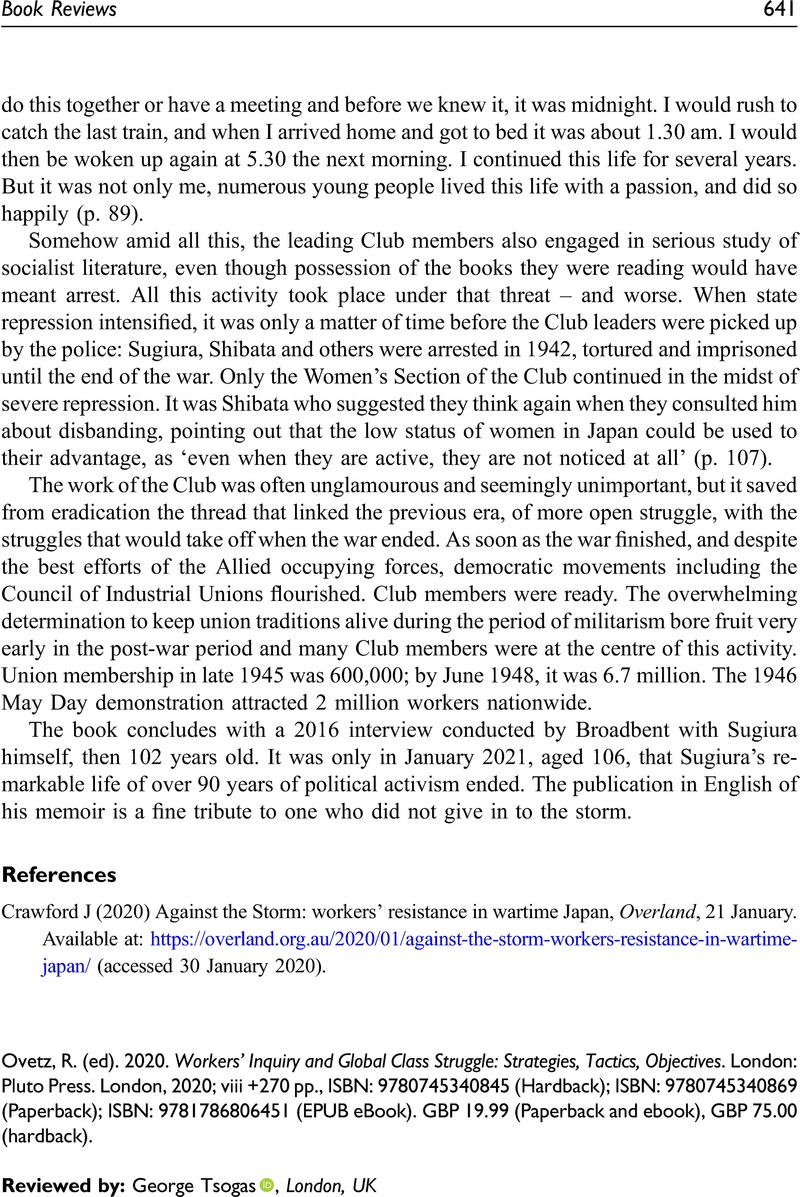Crossref Citations
This article has been cited by the following publications. This list is generated based on data provided by Crossref.
Tsogas, George
2022.
Marx in the Field, by AlessandraMezzadri (ed.). London & New York: Anthem Press; 2021, 256 pp., ISBN: 9781785274497, Price $125.00, h/b..
British Journal of Industrial Relations,
Vol. 60,
Issue. 4,
p.
950.



